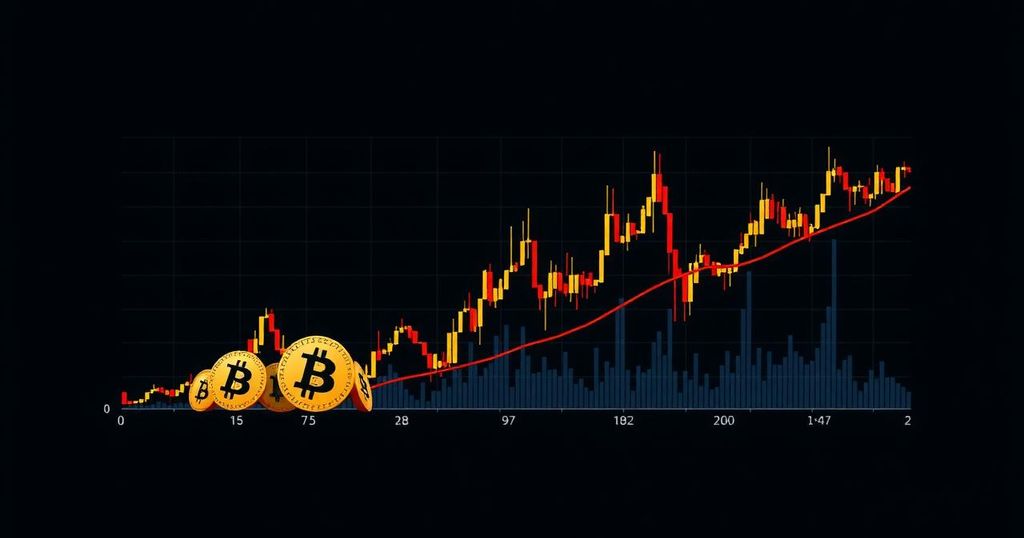Analyzing Bitcoin’s Price Volatility: Are Weekends More Favorable for Trading?
In the world of cryptocurrency, weekends are often anticipated as times of potential trading opportunity. Despite this expectation, the question arises: do the most significant fluctuations in Bitcoin prices indeed occur during weekends? Historical data indicates that price volatility persists across all days of the week, including weekends. However, a notable reduction in trading volume during these days can affect market dynamics.
An analysis conducted utilizing data from CoinMarketCap, spanning from October 2017 to August 2024, reveals insightful conclusions regarding Bitcoin trading behavior. While the overall average price for Bitcoin demonstrated substantial growth from 2017 to 2024, the specific trading volume data suggests that while volatility remains constant, the volume does decrease considerably during weekends, indicating lower liquidity in the market. This decreased liquidity can be attributed primarily to professional traders who typically withdraw from trading activities during these times, leaving the trading environment significantly altered for retail investors.
Key Takeaways from the Analysis:
1. Bitcoin consistently exhibits volatility on both weekdays and weekends; however, this volatility is somewhat predictable.
2. Weekend trading volumes tend to be lower, which can result in diminished market liquidity.
3. The decreased volume primarily results from a reduction in professional trading activity during weekends.
4. Retail investors engaged in weekend trading should remain vigilant and ensure they manage their exit strategies meticulously on each trade.
Data collected from January 2022 through August 2024 further elucidates this point. An examination of Bitcoin’s average daily price changes indicates that weekend fluctuations do not significantly deviate from those observed on weekdays. However, the volume data tells a critical story—indicative of the lower trading activity and the corresponding risks. As illustrated by graphical data, there tends to be a discernible decrease in trading volume over the weekend, with noticeable peaks during weekdays, usually culminating midweek.
To explore these fluctuations, one example from Saturday, August 24, 2024, is illustrative. On this specific day, Bitcoin experienced both significant upswings and downswings within minutes, underscoring the inherent volatility characteristic of cryptocurrency. As evidenced, at 7:58 a.m., Bitcoin’s price was quoted at $64,366.13, and by 8:01 a.m., it had markedly fallen to $64,296.37.
In terms of operations, it is vital to note that Bitcoin is accessible for trading 24 hours a day, seven days a week, with no scheduled closures. Despite pervasive risks associated with trading, including during weekends, there remains the possibility for profitable transactions—provided that traders adhere strictly to their strategies.
In conclusion, while weekdays show a pattern of higher trading volumes leading to potentially greater liquidity, weekends offer unique opportunities that should not be dismissed outright. Although the volatility of Bitcoin persists across all days, the diminished volume on weekends may introduce an additional layer of risk that necessitates careful consideration by traders. For those who are adept at risk management and strategy execution, Bitcoin trading on weekends can emerge as a venue for profit, albeit with an understanding of the unique market conditions that prevail during this time. Overall, knowledge and vigilance remain paramount for any investor navigating the cryptocurrency landscape.








Post Comment